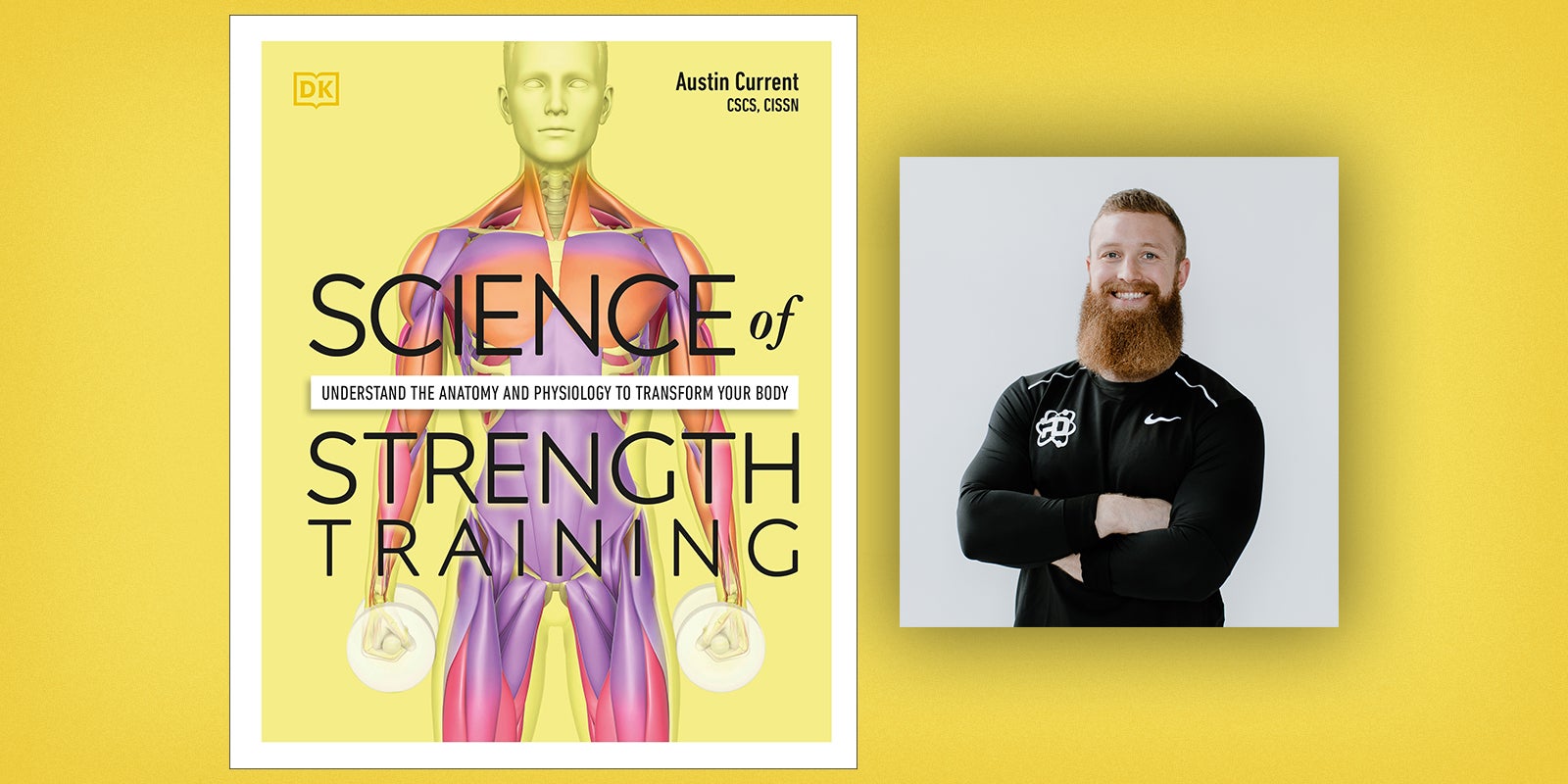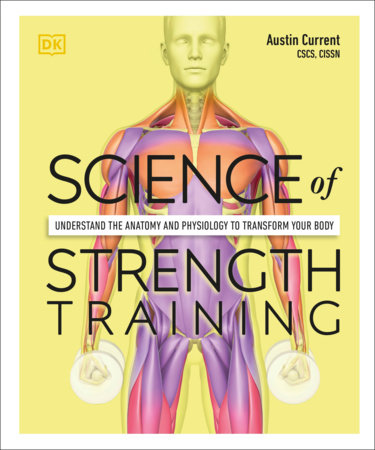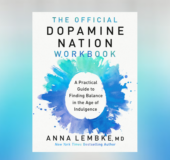With unique CGI artworks and including the latest developments in sports science, Science of Strength Training gets under the skin of more than 100 exercises to identify every muscle worked and show how they engage at every stage. It will help students understand the physiology behind how to build and maintain muscle mass, raise metabolism, and reduce body fat, and explore the science behind each lift, press, push, and pull. We caught up with author Austin Current to ask him about his experience writing the book and how it can be a useful study tool for students of exercise science, physical therapy, or anatomy and physiology.
In the foreword you wrote for the book, you say, “When it comes to strength training, also known as resistance training, knowledge is power.” We know knowledge is always power, of course, but what exactly do you mean by that in this instance?
Strength training is a skill. It is the tool that we use to place resistance on our bodies. The better we are at this skill, the more effective we can become at producing positive outcomes while training and reducing the risk of injury. Unfortunately, the largest barrier for individuals in strength training is the complexity of resistance programs or lack of knowledge in the gym. This book aims to break down that barrier, teach you the science behind strength training and how to perform exercises properly (at the gym or at home), and offer clear and straightforward programs for beginners and more advanced trainees alike.
You then begin the book by debunking some widely believed myths. Why did you feel it was important to do so?
Myths run deep in all industries. In health and fitness, myths often keep individuals from participating in strength training altogether. The main goal of debunking a few myths was to break down the barrier of entry for people who want to get started, but are nervous about getting too bulky, whether they are too old or too young, or if they genetically aren’t equipped with the tools necessary to change. Using scientific research, I debunk seven of the most common myths surrounding strength training.
The book is organized into four sections: human physiology, strength exercises, preventing injury, and how to train. How was this organization decided upon and how does this segmentation help the reader’s greater understanding of the information?
The book is organized with a top-down—or inside-out—approach. First, it helps you to understand the physiology behind how muscles work and grow, and how resistance work stimulates muscles to develop size and strength, alongside its positive impacts on bones and connective tissue. It also explains how the body powers muscular work and shows you how to calculate your own daily calorie and macronutrient requirements, and includes an overview of the benefits to the brain, and the crucial role it plays in attitude and mental health.
Once you understand the underpinnings of how muscles work and how they are fueled, you’ll learn how to effectively place resistance on specific muscles throughout the body. The newfound knowledge from chapter one helps guide you through chapter two, learning how to train each muscle group in your body.
Chapter three explores common injuries related to resistance work, with explanations of how to avoid them and how to return to training if you do suffer an injury. A consistent and structured routine, including a proper warm-up, prepares the body for work, and the various mobility exercises and stretches given will help you tune in to how your body is responding to the training. And lastly, chapter four outlines everything you need to know about the variables of effective strength training, such as training volume and fatigue management. Whether you want to build muscle, strength, or endurance, you’ll find an easy-to-follow program to suit, as well as alternatives for those wanting to work out more often. The programs form the base for your training and can be adjusted in the months and years to come.
Especially in the use of images, Science of Strength Training makes understanding the psychology of the body while it’s in motion—every lift, press, push, and pull—extremely accessible. Tell us a little bit about how those images add to the book, as well as the process of creating those images alongside the team and the involvement you had in it.
The images found throughout the book—especially in chapter two—are a big part of what makes this book so helpful. The first step was gathering images for each exercise from multiple angles, and numerous stages of the movement. My wife and I traveled to the Prime Fitness showroom in Pennsylvania and created reference images for the illustrators over the course of a few days. We ended up with over one thousand images that were organized and used for reference with each and every exercise you see in chapter two. Then, the illustrators created CGI representations of these exercises in multiple stages. Over the course of a few months, we were able to tweak and improve each image—adjusting hand positions, arm angles, foot placement, etc.—resulting in what you see in the book.
You have a degree in exercise science from the University of Southern Indiana, where you focused on exercise physiology, biomechanics, and sports nutrition. How do you think this book would have assisted you during your studies? And do you have a message for any professors who might be considering an adoption of this book for their courses?
One of the biggest challenges for me during my degree was putting what I was learning in the classroom into application with clients in the gym. I usually spent time between classes reading fitness websites trying everything I could to learn how to apply what I was learning in class into my professional life as a trainer and strength coach.
This book would have been an invaluable resource for me during school. It would have made the best complementary resource to go alongside the anatomy and physiology textbooks I had my nose stuffed into, allowing me to make the connections of how this information I was learning was going to translate into working professional knowledge.
After college, I spent time traveling around North America and Europe co-hosting seminars on topics such as anatomy and physiology, program design, and applied biomechanics. During this time, the biggest challenge for students continued to be the application of the information they had learned in university.
They knew everything they needed to know about each muscle’s location, but very little on how it applied to choosing and performing an exercise. They knew the steps of muscle contraction, but they did not know how to apply this knowledge to their thought process to get better results with clients or athletes. Finally, they struggled with how to put all this information together into a well-thought-out training program that was targeted to the goals of their clients or group of athletes.
Science of Strength Training puts all of this information together for you in one valuable resource—organized, concise, and instantly applicable. I personally do not think this should replace any existing anatomy or physiology textbooks, but act as an adjunct resource to help exercise science students take the information they are learning in class and apply it to their clients and athletes.
How much of what you learned in an academic setting and how much from real-world experience would you estimate went into your creation of this book?
This book could not have been created without my time spent in both university and in the real world training clients and teaching other personal trainers/strength coaches on similar topics.
My university experience has been invaluable to my success as a trainer, educator, and business owner. I think what makes this resource so valuable is how much of it was created out of both—what I experienced in the real world as a trainer and educator, applying the information I learned in classes during my time in university. One doesn’t happen without the other.
Knowledge can feel useless without the ability to apply it. This resource was created to help fill the gaps between knowledge and application.

Austin Current graduated in 2016 with a degree in Exercise Science from the University of Southern Indiana, where he focused on Exercise Physiology, Biomechanics, and Sports Nutrition. After gaining a NSCA-CSCS (Certified Strength and Conditioning Specialist) qualification, Austin became head coach with Physique Development in Denver, Colorado. You can follow him on Instagram @austincurrent_






